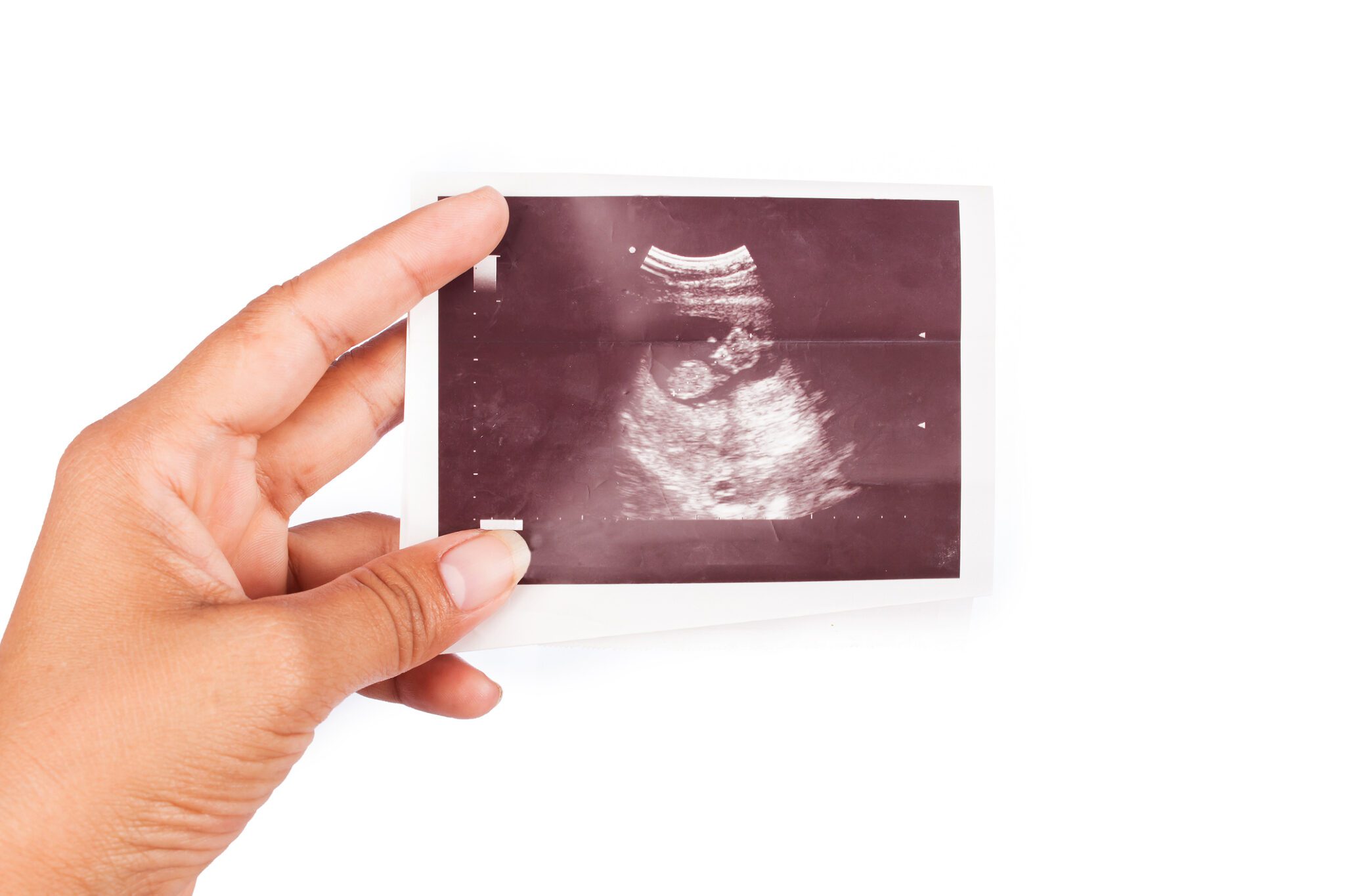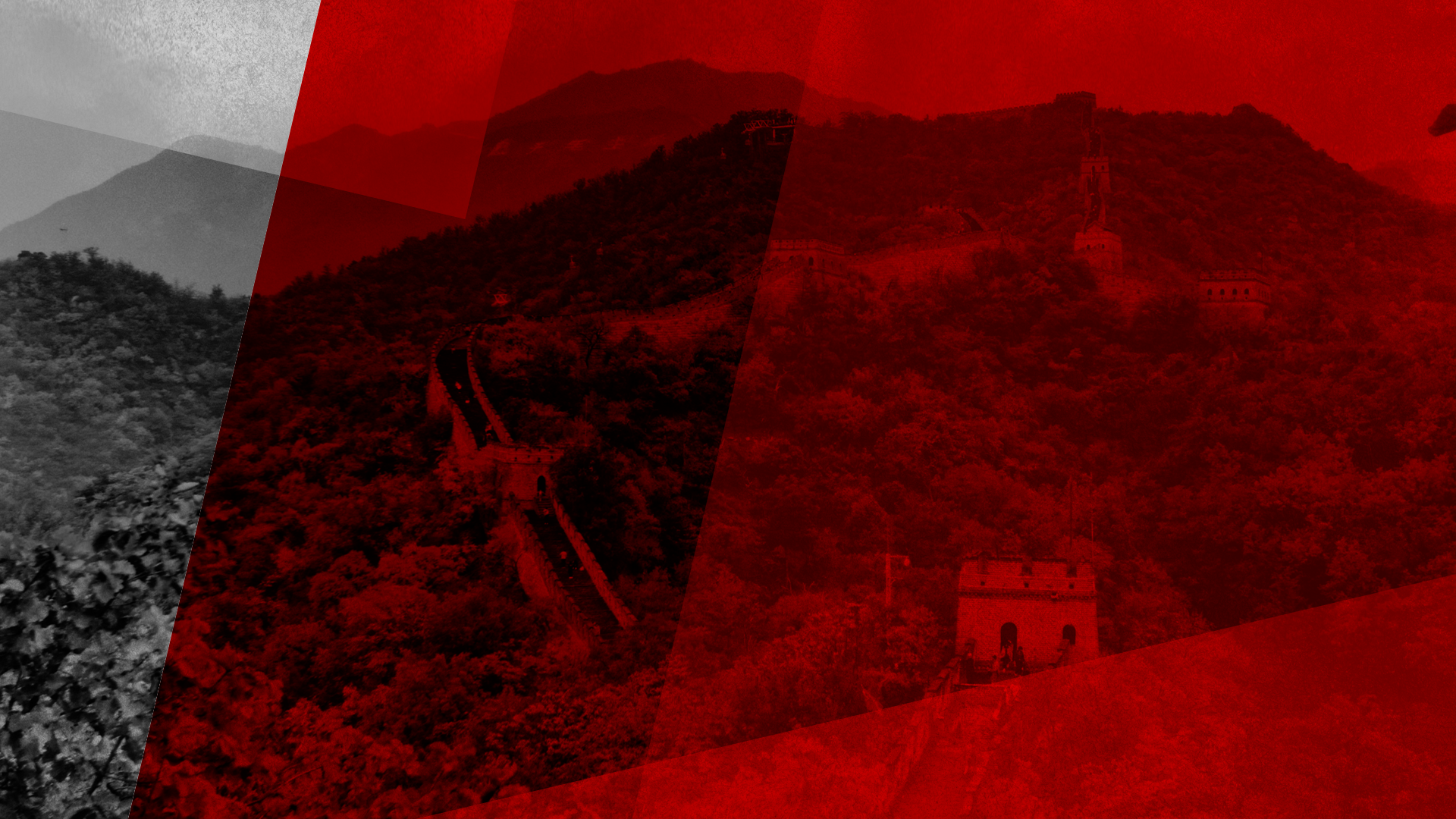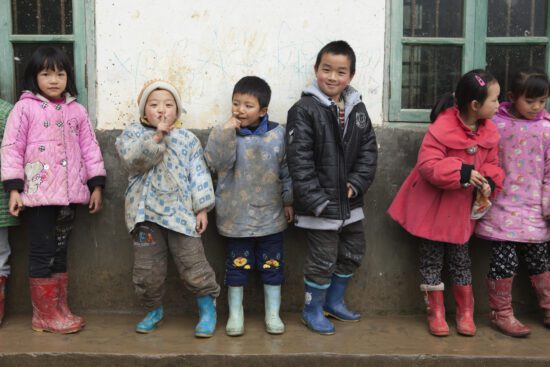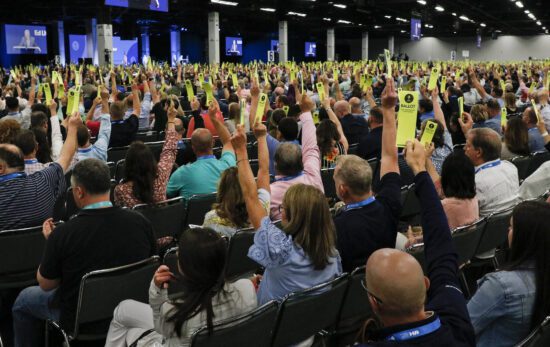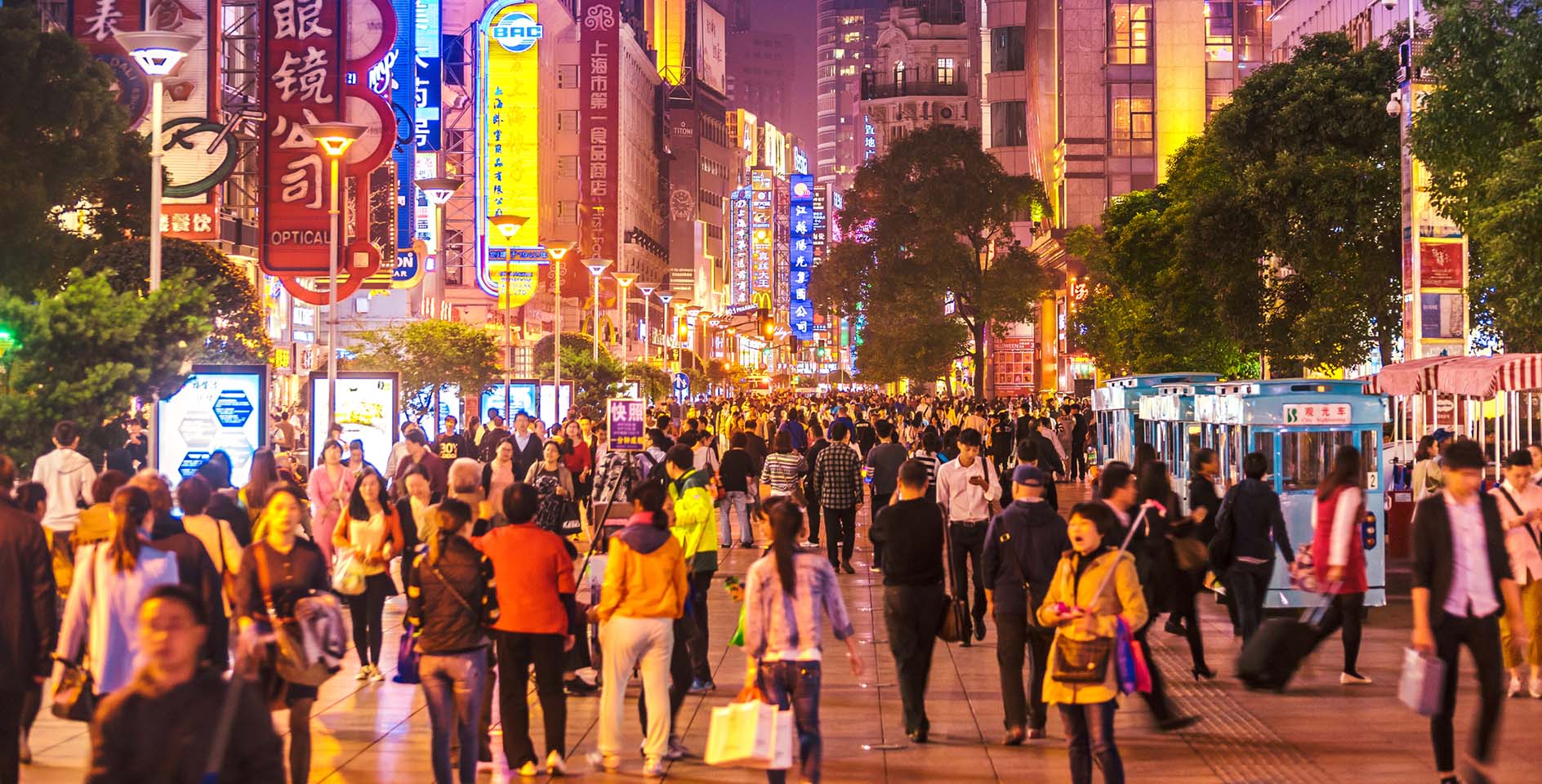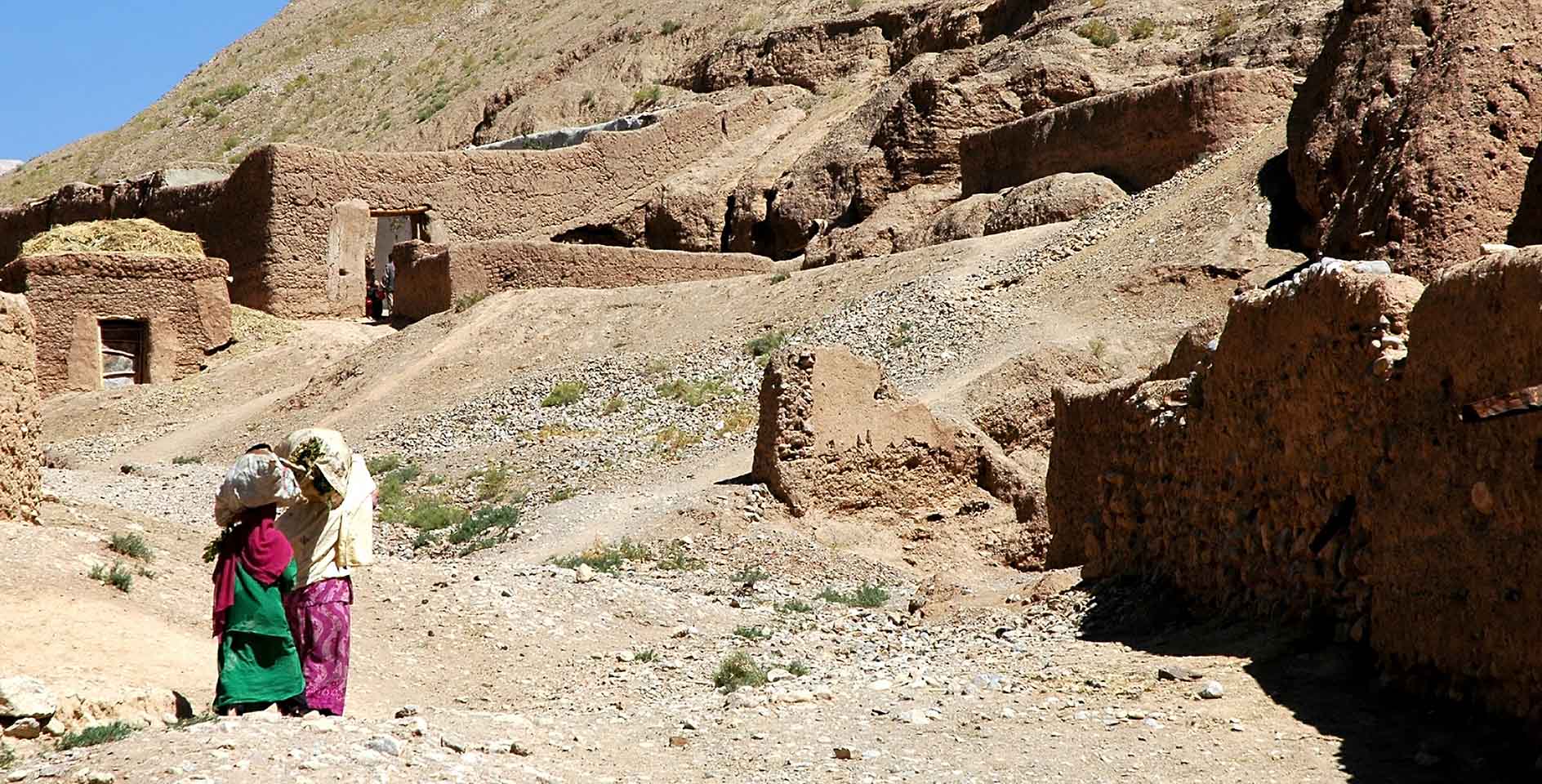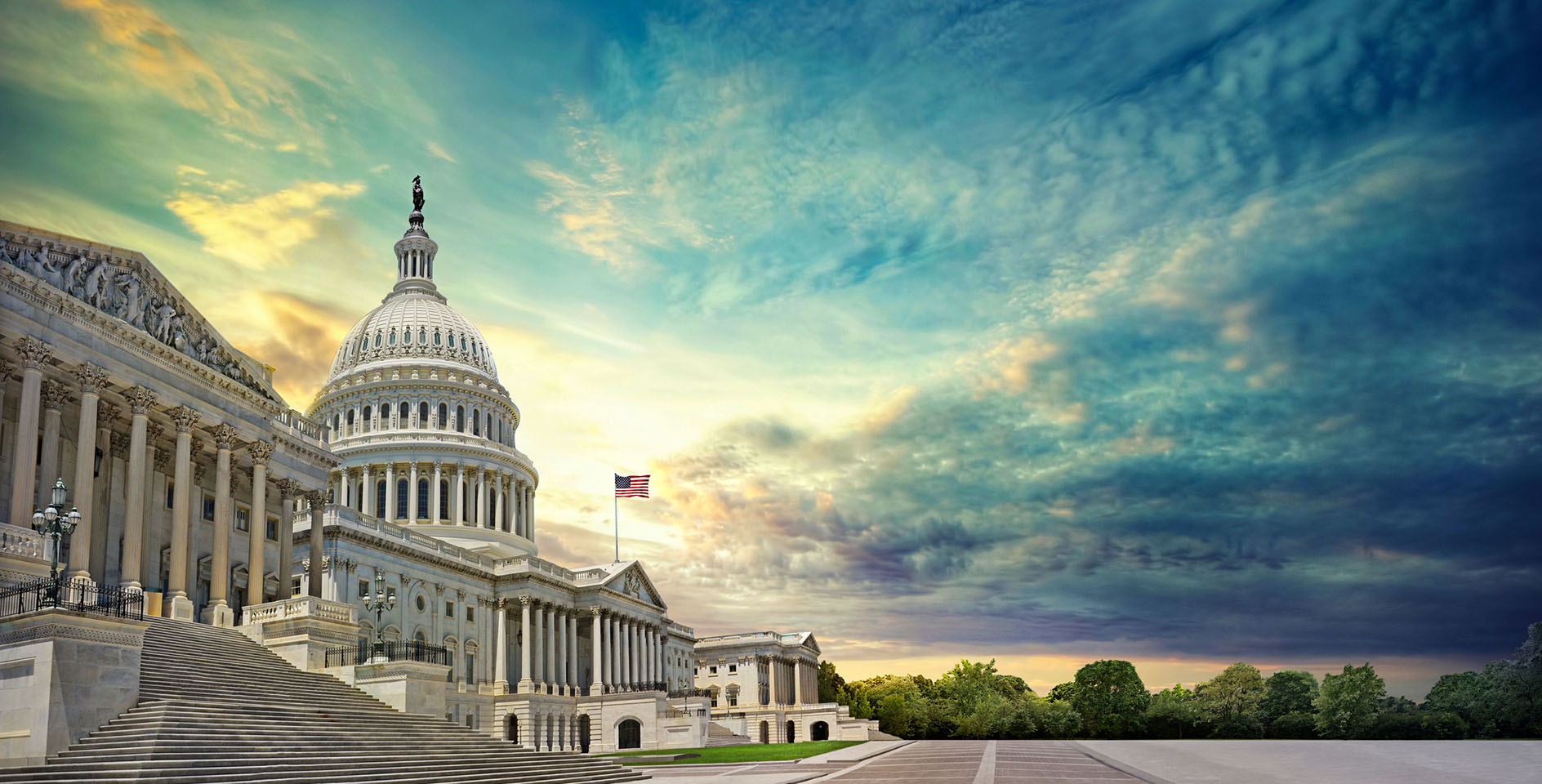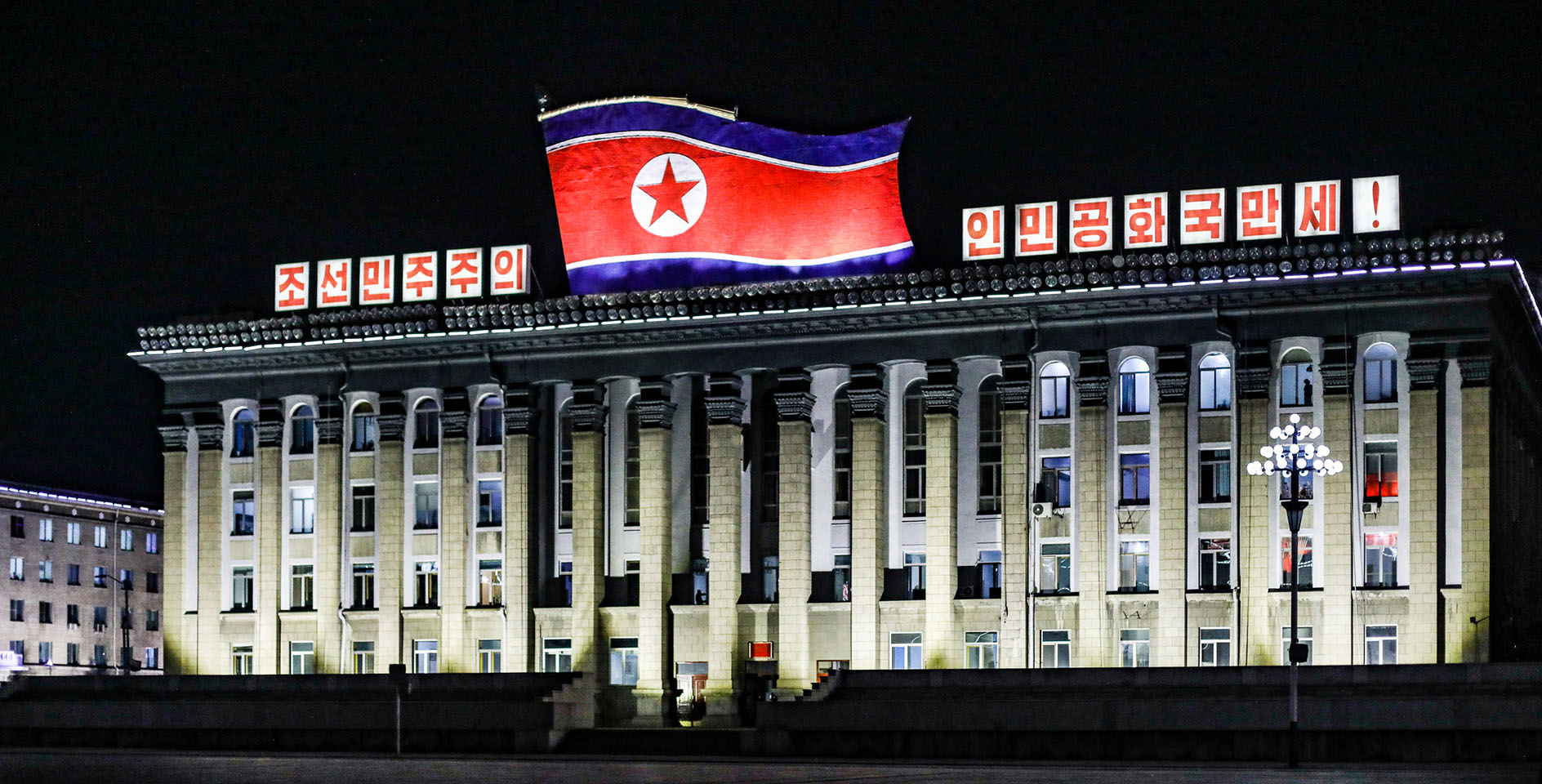The ERLC, along with a broad coalition of human rights and religious freedom advocates, is calling for the U.S. to counter China morally because of the communist state’s rising persecution of ethnic and religious minorities, including Christians. Here are five concepts you should know to better understand the human rights atrocities unfolding in China.
1. International human rights
Prior to the 1940s there were few international documents that recognized specific rights as applying to all people at all times in all nations. But after World War II, the atrocities committed by the Nazis led the international community to recognize a need for human rights to be established as an international legal status.
On April 25, 1945, representatives from 46 nations gathered in San Francisco to form the United Nations. They responded to the demand by mentioning human rights five times in the UN Charter. The charter also established a commission “for the promotion of human rights.” This newly created “Commission on Human Rights” spent three years drafting the Universal Declaration of Human Rights (UDHR).
The text of the UDHR outlines about four dozen rights, such as the right to life, liberty, freedom of thought, conscience, and religion, and to manifest, either alone or in community with others and in public or private, one’s religion or belief in teaching, practice, worship, and observance.
According to the UN, the Universal Declaration of Human Rights has inspired more than 80 international human rights treaties and declarations, numerous regional human rights conventions, domestic human rights bills, and constitutional provisions, which together constitute a comprehensive legally binding system for the promotion and protection of human rights.
See also: Explainer: Google, China, and human rights
2. Religious persecution
When Mao Zedong established the People’s Republic of China as a communist state in 1949, he officially declared the country to be atheist. After Mao died in 1976 his successor, Deng Xiaoping, began to allow the practice of religion, though often with severe restrictions. For example, the communist state requires by law that Christians worship only in congregations registered with the Three-Self Patriotic Movement.
Over the past decade, the Chinese government has increased such restrictions by implementing a campaign to “sinicize” (i.e., make Chinese in character or form) religious belief. The result is that the independent practice of religion has been either further diminished or eradicated throughout the country.
According to religious freedom advocates, more than 5,000 Christians and 1,000 church leaders were arrested in 2018 because of their faith or religious practices (most of these arrests resulted in short-term detentions and did not lead to criminal charges). Authorities also closed down or demolished thousands of churches and religious sites. The Chinese government has been especially harsh on Uighurs, Kazakhs, and other Muslim minorities in the country.
See also: Increasing religious persecution in China | The state of religious liberty in China | Christians in China facing increasing persecution | 3 things you should know about religious freedom and the church in China
3. Muslim minority internment camps
Internment camps are facilities in which large groups of people are imprisoned, usually held without any form of due process. Since April 2017, China has detained more than one million Muslims in what the Communist Party refers to as “educational training centers.” These religious minorities are being held to indoctrinate them and turn them into loyal, Chinese-speaking supporters of the party.
The Chinese deny the “centers” are internment camps, saying they are “like boarding schools where the students eat and live for free.” But Ambassador Sam Brownback, the U.S. ambassador-at-large for international religious freedom, says, “We need to call these camps what they are; they’re internment camps created to wipe out the cultural and religious identity of minority communities.”
Foreign experts estimate that about a million Uighurs, Kazakhs, and other Muslims are being held against their will in these camps.
See also: Explainer: What you should know about China’s internment camps | How the Chinese Communist Party is persecuting Uyghur Muslims
4. Xi Jinping’s governance
Xi Jinping was elected as the president of the People’s Republic of China in 2013. In addition to this role as president, Xi also serves as the general secretary of the Communist Party of China (putting him in control of the country’s political party) and chairman of the Central Military Commission (which makes him the commander-in-chief of China’s military forces). He also is head of so many other smaller decision-making bodies that he’s been called the “Chairman of Everything.”
After his first four years in office, the Communist Party voted unanimously to incorporate “Xi Jinping Thought on Socialism with Chinese Characteristics for the New Era” into the Chinese constitution, an honor previously reserved for Mao Zedong and his successor, Deng Xiaoping. This change enshrined Xi’s political philosophy into the country’s supreme law and made any challenge to him a direct threat to Communist Party rule. As the BBC has noted, schoolchildren, college students, and staff at state factories are required to study this political ideology.
Xi was due to step down in 2023, but he further consolidated power by having his party change the constitution to remove the limitation that no Chinese president shall serve more than two consecutive terms.
In 2016 the bipartisan U.S. Congressional-Executive Commission on China released a report outlining the human rights abuses of Xi. According to the report, “Xi has overseen a deterioration in human-rights and rule of law conditions in China marked by greater consolidation of his own power—leading some analysts to draw comparisons to Mao Zedong—through forced ideological conformity and the systematic persecution of human rights lawyers and defenders.”
5. Hong Kong
Hong Kong is a territory located on the south coast of China. The land consists of a peninsula and more than 200 small islands. Although Hong Kong is roughly the size of San Antonio, Texas (426 sq. mi.), it has four and a half times as many people (7 million), making it one of the most populous areas on Earth.
Hong Kong was a territory of China when part of it was seized by the British Empire during the First Opium War in 1842. In 1898 the Chinese government leased the rest of Hong Kong (known as the New Territories) to the British for a period of 99 years. Under British control, Hong Kong became a flourishing economic region. Today, it’s one of the world’s leading financial centers, behind only New York and London.
Before the lease expired and the territory returned to China on July 1, 1997, the British negotiated a “one country, two systems” agreement. The agreement provided Hong Kong with a significant degree of autonomy in domestic affairs for a period of 50 years. As a result, Hong Kong has its own legal system, borders, and rights including freedom of assembly and free speech are protected.
While many of these freedoms remain, the Chinese government has begun encroaching on the rights of people in the area. This has created tension within the territory that has historically distanced themselves from mainland China. Only 11% of the people in the territory identify as “Chinese” (most identify themselves as “Hong Kongers”), and almost 2/3 (71%) say they do not feel proud about being Chinese citizens.
Xi’s government, though, has attempted to bring Hong Kong under the same level of control and surveillance as the rest of China by implementing a security bill designed to crackdown on dissidents and any foreign influence. In May, Secretary of State Mike Pompeo announced in his report to Congress the U.S. State Department’s determination that “Hong Kong is no longer autonomous from China, given facts on the ground.”
See also: What Hong Kong reveals about the future of China | Explainer: American technology, China, and the fall of freedom in Hong Kong | Explainer: Chinese officials sanctioned for atrocities in Xinjiang


